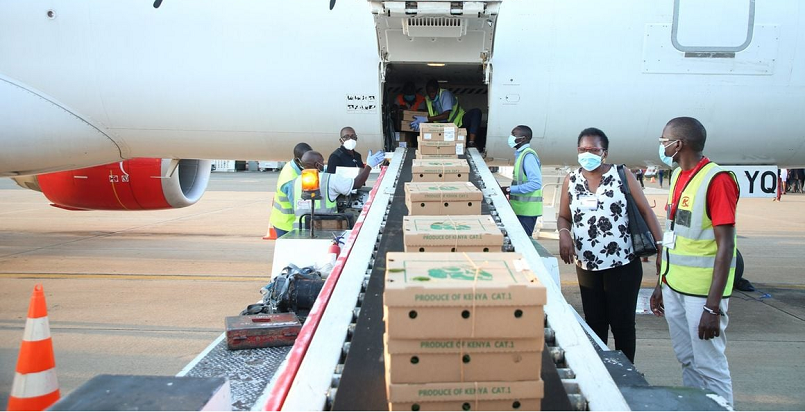Ronald Muyanja, the Head of Trading at Stanbic Bank Uganda
There are signs that the Ugandan economy is gradually returning to the old normal. Growth and rise in business activities of the private sector, as seen at the end of the first quarter are pointing to that.
The headline Stanbic Purchasing Managers’ Index (PMI) posted 53.2 in March, up from 51.2 in February signaling an improvement in business conditions for the second month running. The latest reading was the highest since last November and is just above the series average of 52.9.
Sponsored by Stanbic Bank and produced by IHS Markit, the monthly survey involves a questionnaire to some 400 purchasing managers and has been conducted since June 2016. It covers the sectors of agriculture, industry, construction, wholesale & retail and services.
The headline PMI figure provides an early indication of operating conditions in Uganda.
Ronald Muyanja, the Head of Trading at Stanbic Bank Uganda said “New orders increased for the second successive month, with a number of respondents signaling a rise in customer numbers. This expansion in new business aligns to signs of a return to a more normal economic environment and the reopening of schools contributed to a ninth successive increase in output. All five broad sectors covered by the survey recorded growth in activity for the first time since last October. A number of respondents indicated that they had secured new customers during the month.”
The PMI is a composite index, calculated as a weighted average of five individual sub-components: New Orders (30%); Output (25%); Employment (20%); Suppliers’

Delivery Times (15%) and Stocks of Purchases (10%). Readings above 50.0 signal an improvement in business conditions on the previous month, while readings below 50.0 show deterioration.
According to the latest report, firms also remained optimistic regarding the 12-month outlook for output; with companies expecting further improvements in new business in the coming months.
Some 88% of respondents predicted an expansion over the coming year with just 3% expressing a pessimistic outlook. A number of respondents indicated that they expect new orders to ramp up in the coming months, leading to positive output projections. The reopening of schools was also predicted to support improvements in activity.
Increases in new orders led to rises in both employment and purchasing activity during March. Although material shortages caused delays in the receipt of purchased items from suppliers, inventories increased for the third month in a row.
Commenting on the employment situation Muyanja said, “Rising workloads led to an increase in employment during March. This is the second in as many months following an equally long period of reduction around the turn of the year. Wholesale and retail were the only monitored sectors to buck the wider trend and post a decrease in staffing levels at the end of the first quarter.”
Staff costs decreased for the third time in the past four months during March with falls seen in the services and wholesale & retail sectors. That said, the vast majority of respondents (89%) kept their wages and salaries unchanged over the month.
In contrast to lower staff costs, there were higher purchase costs – particularly increases in electricity and water charges, cement and various food products, drove a rise in overall input prices.
The passing on of higher input costs to customers meant that output prices were increased for the third consecutive month at the end of the first quarter.
Despite new orders rising for the second month running in March, latest data suggested that spare capacity remains in the private sector. Backlogs of work have decreased in each month since the survey began in June 2016 with 38% of respondents signaling a decline in March.





